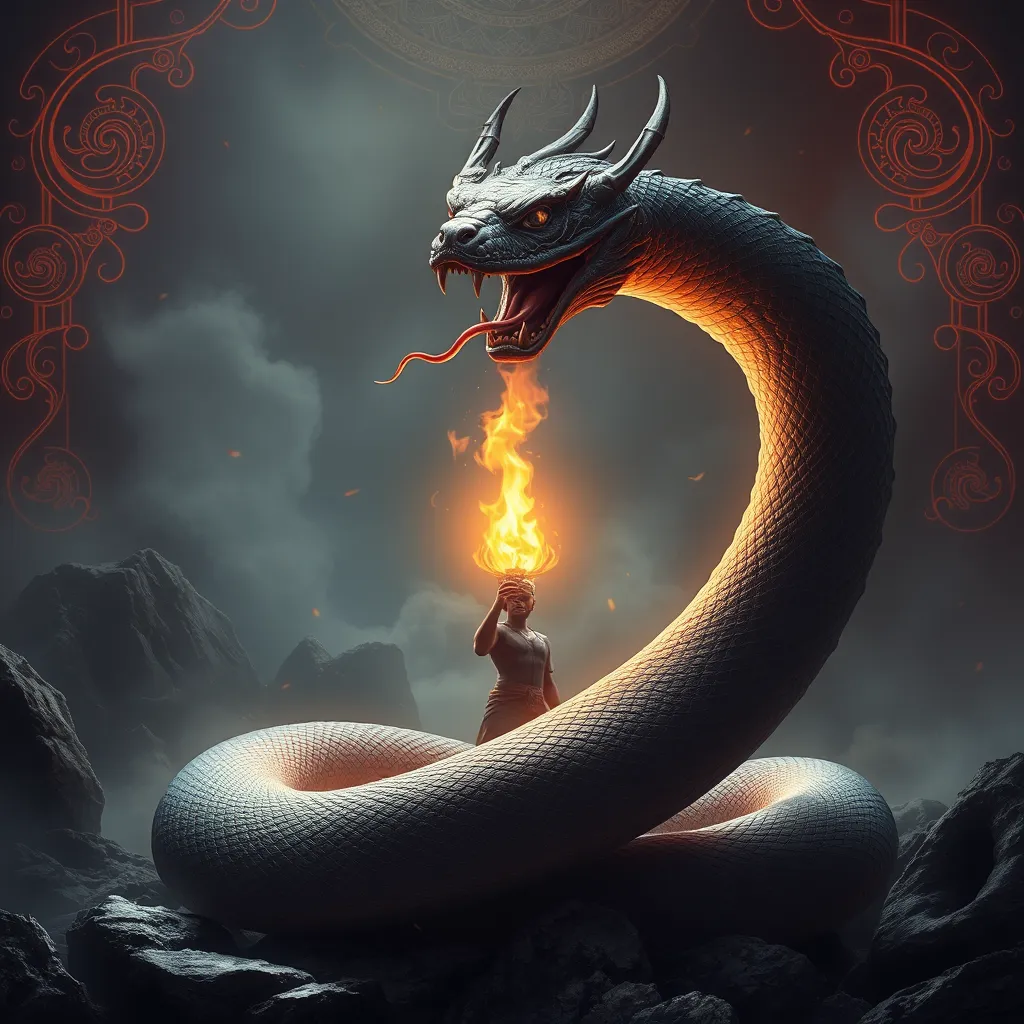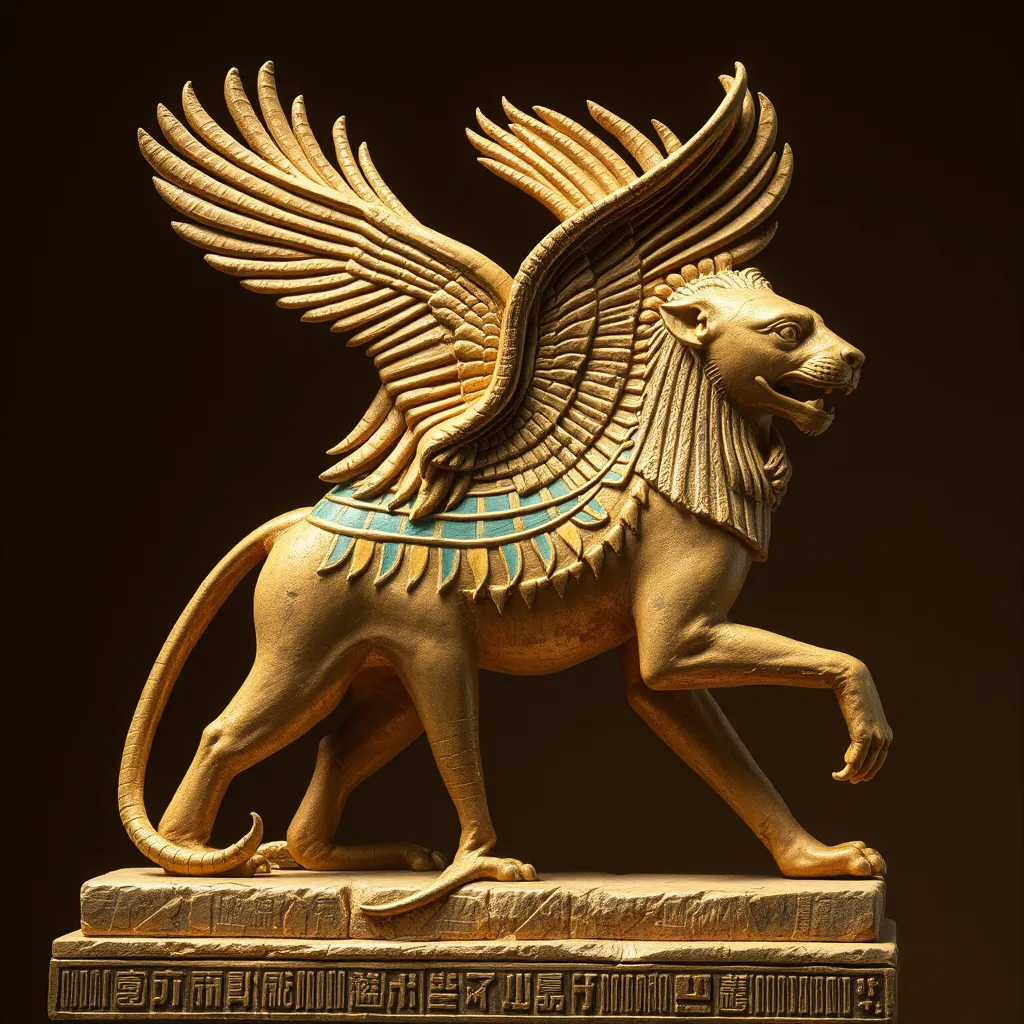The Oni’s Song: Examining the Music and Dance Traditions Associated with Oni in Korea
I. Introduction
The term “Oni” refers to a mythical creature often depicted in Korean folklore as a malevolent spirit or demon. These beings are deeply ingrained in the cultural fabric of Korea, symbolizing both fear and the challenges of human existence. The significance of Oni transcends mere superstition; they serve as a representation of societal values, beliefs, and the human condition.
Music and dance play a crucial role in expressing the cultural identity associated with Oni. They are not merely forms of entertainment but vital components of storytelling and ritual that encapsulate the essence of Korean heritage. Through the lens of music and dance, the complex narratives surrounding Oni are brought to life, allowing communities to engage with their history and traditions.
II. Historical Context of Oni in Korean Culture
A. Origins and evolution of the Oni figure in Korean mythology
The origins of the Oni figure in Korean mythology can be traced back centuries, with influences from both indigenous beliefs and external cultural exchanges. Initially, Oni were viewed as spirits that could influence the natural world, embodying the fears and uncertainties of ancient communities. Over time, these figures evolved, adopting various characteristics and narratives that reflect the changing societal landscape.
B. Role of Oni in traditional storytelling and rituals
In traditional storytelling, Oni are often portrayed in tales that convey moral lessons or cautionary messages. They serve as antagonists in narratives that emphasize virtue, bravery, and the triumph of good over evil. Rituals involving Oni often include music and dance, reinforcing communal bonds and providing a means for participants to confront their fears through performance.
III. Musical Traditions Associated with Oni
A. Instruments commonly used in Oni-related music
The music associated with Oni features a variety of traditional Korean instruments. Some of the most common include:
- Gayageum: A stringed instrument that adds melodic depth.
- Piri: A bamboo oboe that brings a haunting quality to the music.
- Janggu: An hourglass-shaped drum that provides rhythmic foundation.
B. Analysis of melodies and rhythms that define Oni songs
Melodies in Oni music often incorporate minor scales, evoking a sense of melancholy or eeriness. Rhythms can vary from slow, deliberate beats that build tension to rapid tempos that reflect chaos or conflict. This musical diversity mirrors the complex nature of the Oni, capturing the duality of fear and fascination within the community.
C. Thematic elements and lyrics in Oni music
Thematic elements in Oni music frequently explore themes of fear, morality, and the supernatural. Lyrics often tell stories of encounters with Oni, expressing the emotional turmoil experienced by individuals facing these spirits. Additionally, they may incorporate traditional proverbs or idioms that resonate with listeners, reinforcing societal values.
IV. Dance Forms Connected to Oni
A. Description of traditional dance styles inspired by Oni
Traditional dance styles linked to Oni include various forms of folk dance that embody the essence of these spirits. Notable styles include:
- Seungmu: A Buddhist dance that incorporates elements of storytelling and spirituality, often reflecting themes related to Oni.
- Salpuri: A shamanistic dance performed to exorcise evil spirits, directly connected to the concept of confronting Oni.
B. Significance of movement and choreography in depicting Oni narratives
The choreography in these dances is carefully crafted to portray the characteristics of Oni. Movements may mimic the unpredictability and aggression of these spirits, while other sequences may illustrate the protective actions of heroes within the stories. The physicality of dance serves as a powerful medium for expressing the emotional and narrative depth of Oni-related tales.
C. Role of dance in rituals and festivals celebrating the Oni
Dance plays a pivotal role in rituals and festivals dedicated to Oni, serving as both a form of entertainment and a means of spiritual connection. During such events, communities come together to celebrate their heritage, fostering unity and cultural pride. The performances are often interwoven with traditional music, creating a holistic experience that emphasizes the importance of Oni in Korean cultural expressions.
V. Contemporary Interpretations of Oni Music and Dance
A. Fusion of traditional and modern musical styles
In recent years, there has been a growing trend to blend traditional Oni music with contemporary genres. Artists are experimenting with various styles, including pop, rock, and electronic music, to create innovative interpretations that resonate with younger audiences. This fusion allows for the preservation of cultural heritage while making it relevant in today’s musical landscape.
B. Influence of global music trends on Oni-related performances
As global music trends continue to evolve, Oni-related performances have also adapted, incorporating elements from various cultures. This cross-pollination of ideas fosters creativity and encourages artists to explore new dimensions within traditional frameworks. The result is a rich tapestry of sound that honors the past while embracing the future.
C. Examples of contemporary artists and productions featuring Oni themes
Several contemporary artists and productions have successfully integrated Oni themes into their work. Notable examples include:
- Kim Yuna: A renowned musician known for her haunting melodies that draw from traditional Oni music.
- Seongwoo Dance Company: A performance group that creatively interprets Oni narratives through modern dance.
VI. Cultural Significance and Community Engagement
A. The role of Oni music and dance in community identity and cohesion
Oni music and dance are vital to community identity, serving as a means of expressing shared values and historical experiences. These cultural practices foster a sense of belonging and pride among community members, reinforcing bonds through collective participation.
B. Festivals and events that celebrate Oni traditions
Various festivals and events throughout Korea celebrate Oni traditions, featuring music and dance performances that attract both locals and tourists. These gatherings not only showcase the rich cultural heritage but also provide opportunities for intergenerational exchange and education about the significance of Oni in Korean folklore.
C. Educational initiatives to preserve and promote Oni arts
Educational programs aimed at preserving Oni arts have emerged, focusing on teaching younger generations about these traditions. Workshops, classes, and community projects encourage active participation and foster an appreciation for the cultural richness of Oni music and dance.
VII. Challenges and Preservation Efforts
A. Threats to traditional Oni music and dance heritage
Despite the vibrant presence of Oni music and dance, there are significant threats to their preservation. Factors such as globalization, urbanization, and the declining interest of younger generations pose challenges to the continuity of these traditions.
B. Efforts by organizations and communities to revitalize these traditions
Various organizations and local communities are actively engaged in revitalizing Oni music and dance. Initiatives include hosting workshops, funding traditional performances, and promoting cultural exchanges that highlight these art forms.
C. Importance of documentation and research in sustaining Oni culture
Documenting traditional Oni music and dance is crucial for sustaining these cultural practices. Research initiatives that record oral histories, musical compositions, and dance choreographies ensure that future generations can access and appreciate their heritage.
VIII. Conclusion
A. Recap of the significance of Oni’s song in Korean heritage
The music and dance traditions associated with Oni are fundamental components of Korean heritage, encapsulating the complexities of cultural identity and historical narratives. Through vibrant melodies and expressive movements, these art forms reflect the deep-rooted beliefs and values of the community.
B. The ongoing relevance of music and dance in cultural expression
As Korea continues to evolve, the relevance of traditional music and dance remains steadfast. Oni songs and dances serve as conduits for cultural expression, allowing individuals to connect with their past while navigating the modern world.
C. Call to action for support and appreciation of traditional arts
To preserve the rich traditions of Oni music and dance, it is essential for communities, artists, and cultural organizations to advocate for and support these art forms. By fostering appreciation and participation in traditional arts, we can ensure that the legacy



